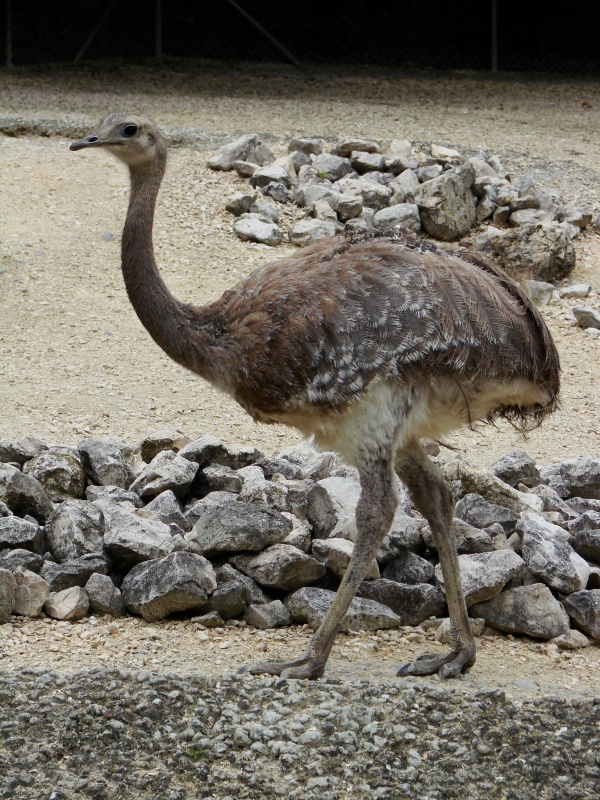Facts About Darwin's rhea
Darwin's rhea, also known as the lesser rhea, is a large, flightless bird native to South America, particularly in the Altiplano and Patagonia regions. Standing 90 to 100 cm tall and weighing between 15 to 28.6 kg, this bird features a small head, a short bill, long legs, and a long neck. Its plumage consists of a mix of brown and white spots, and it has comparatively larger wings than other flightless birds, enabling it to reach speeds of up to 60 km/h to escape predators.
In Argentina, locals refer to this bird as "ñandú" though it is known by different names in various regions. The species name "pennata" translates to "winged" and the bird is named after the Greek goddess Rhea. Mostly herbivorous, lesser rheas feed on saltbush, cactus fruits, and grasses. They are sociable animals, forming groups outside of the breeding season.
These birds are typically found in open scrublands within the grasslands of Patagonia and the Andean plateau, spanning Argentina, Bolivia, Chile, and Peru. Although there are three traditionally recognized subspecies of the lesser rhea, their classification remains a subject of debate. Charles Darwin encountered this bird during his voyage on the HMS Beagle, significantly influencing his thoughts on evolution.
Regarding conservation status, Darwin's rhea is generally listed as "Least Concern." However, the northern subspecies is considered near threatened due to pressures such as hunting, egg-collecting, and habitat fragmentation, whereas the southern subspecies remains relatively widespread and common.

 Bolivia
Bolivia